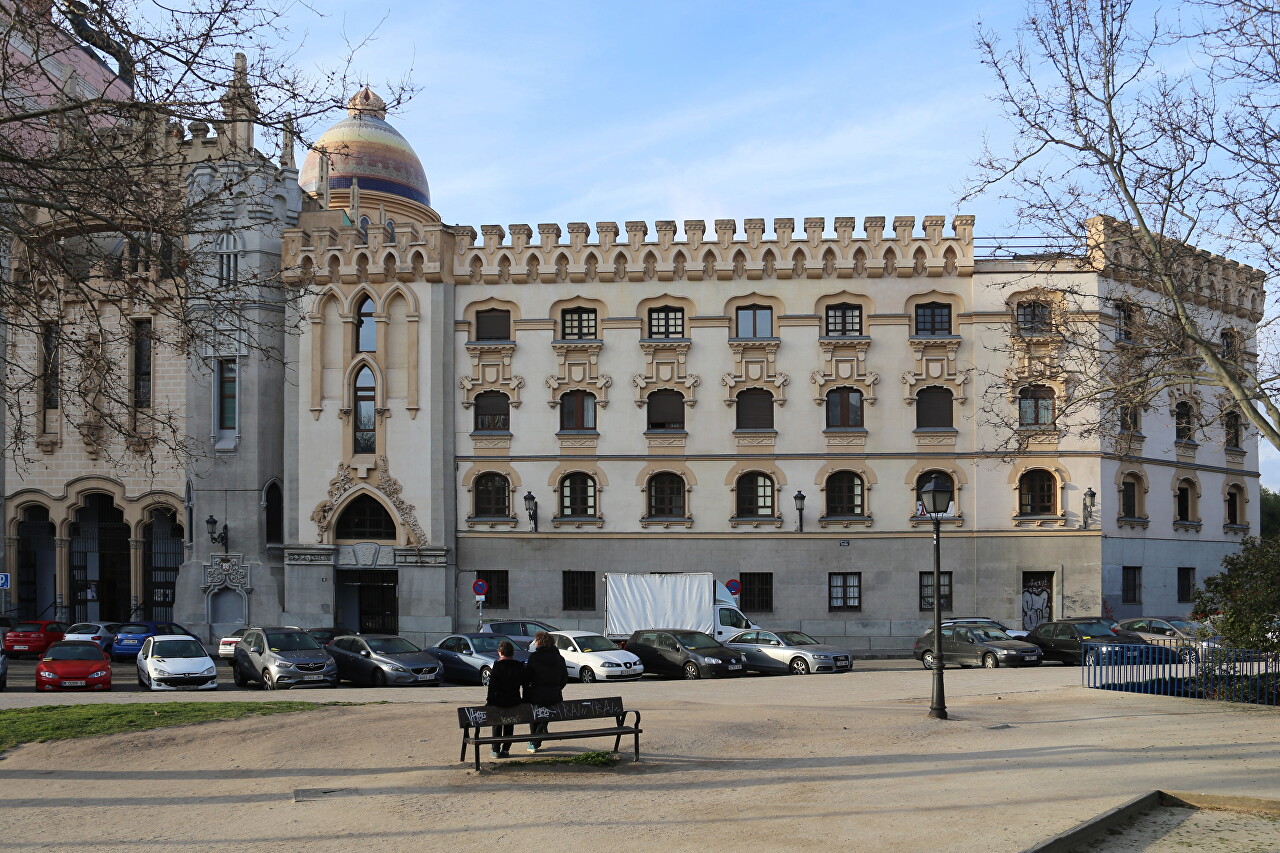iglesia de Santa Teresa y San José, Madrid
On the southern border of the Plaza de Espana there is a Carmelite monastery and a church with the status of a cultural heritage site and a national temple (iglesia de Santa Teresa y San José). The Barefoot Carmelite Order appeared in Madrid in 1586 and has changed its abode several times over the centuries. They received the land between Montagna Park and Plaza de Espana at the beginning of the twentieth century. The foundation of the convent and the church took place on April 28, 1916, and construction was completed in 1928. The eclectic design was executed by architect Jesus Carrasco-Munoz. The monastery building resembles a medieval fortress with a battlement, the facade of the church is made in the Neo-Gothic style, in its decor you can see the features of modernism (Art Nouveau). The dome of the main nave, covered with multicolored ceramic tiles, refers to the Byzantine era. However, the nuns did not use the new monastery for long. Three years later, left-wing radicals came to power in Spain and persecution of the church began. On May 10, 1931, anti-clerical riots began in Madrid, initiated by anarchists who were supported in the southern cities of the country. As a result of the pogroms, about a hundred monasteries were looted and burned in three days, monks were expelled and partially killed, huge cultural treasures were stolen or died in the fire. The Carmelite monastery in Madrid was one of the first to be destroyed. Most of the church was destroyed by fire. At the end of the Civil War, the building was completely restored. Currently, the monastery continues to operate, and a nursing home has been opened at it, which is cared for by nuns.

..
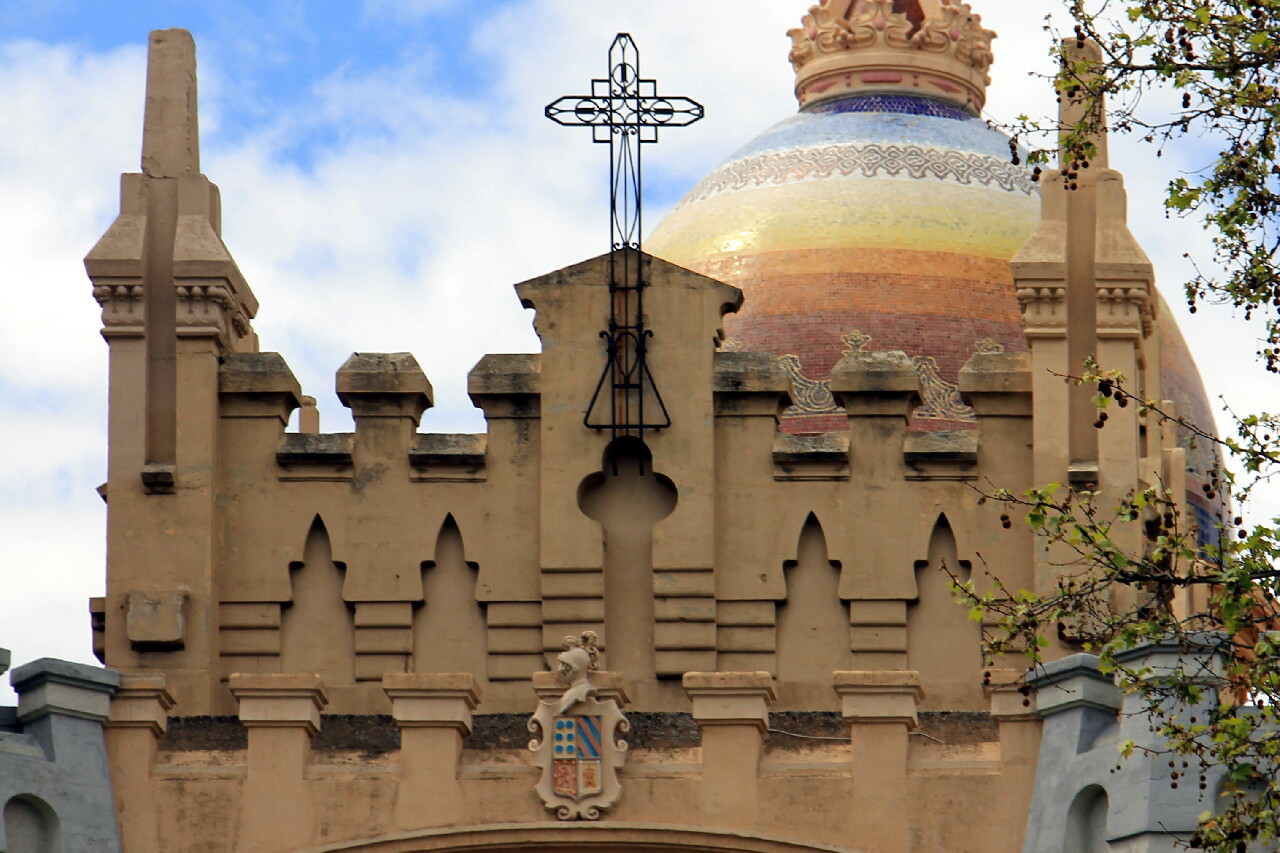
..
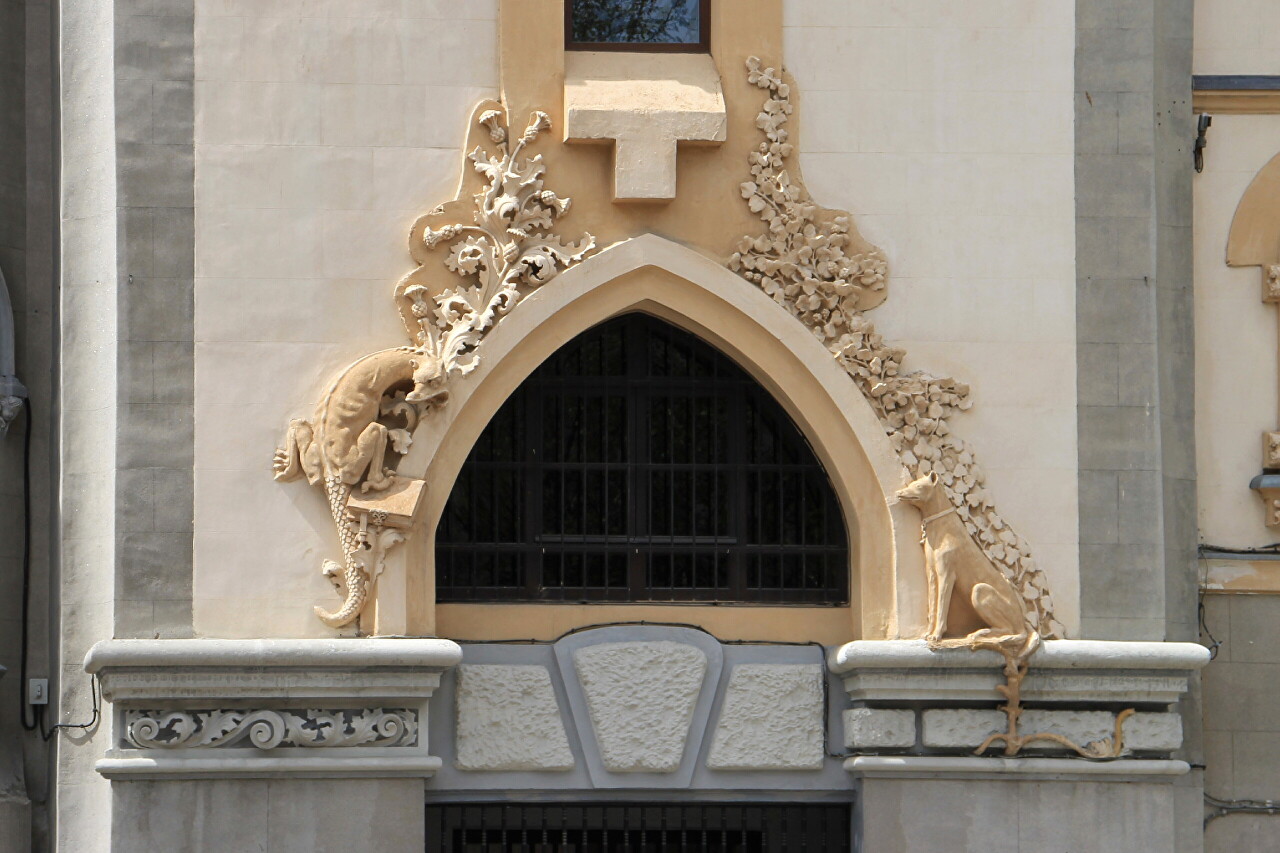
..
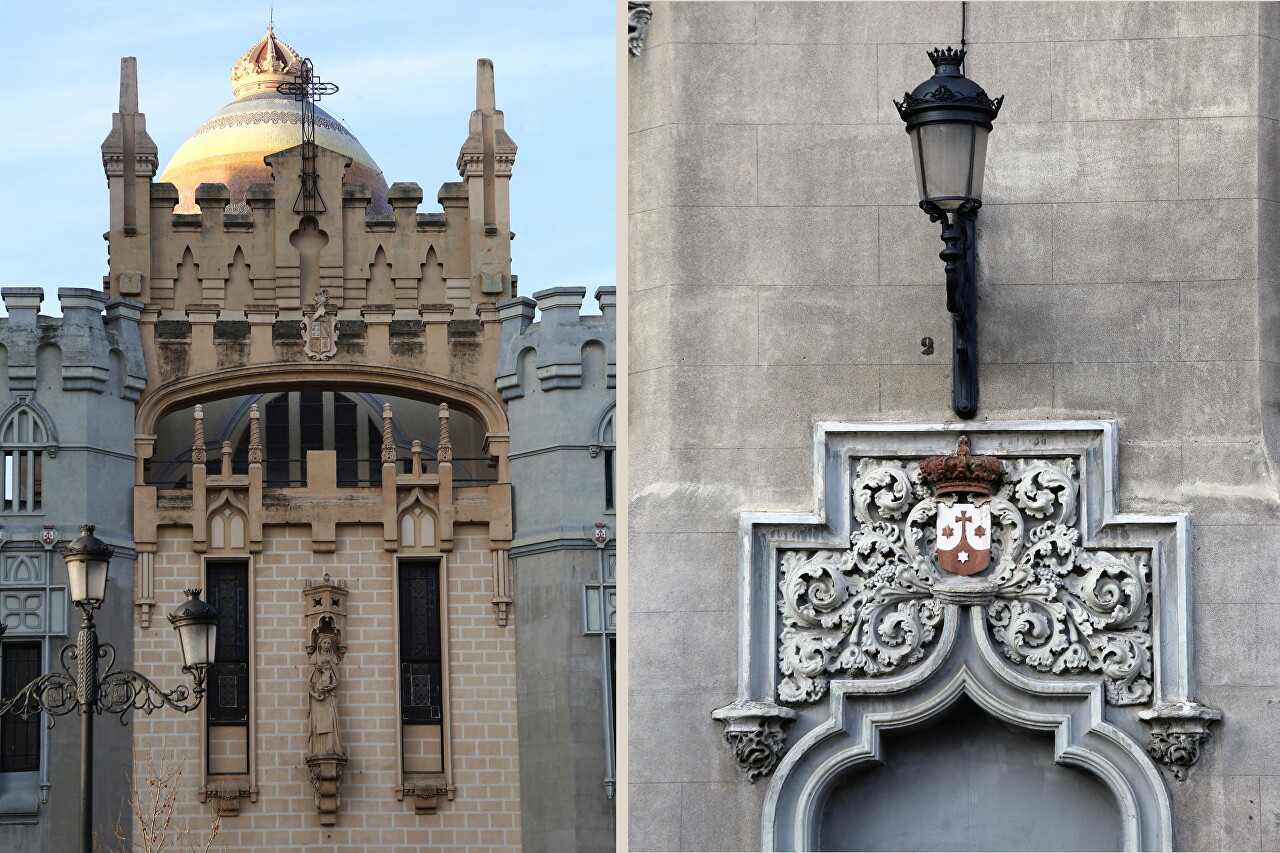
..
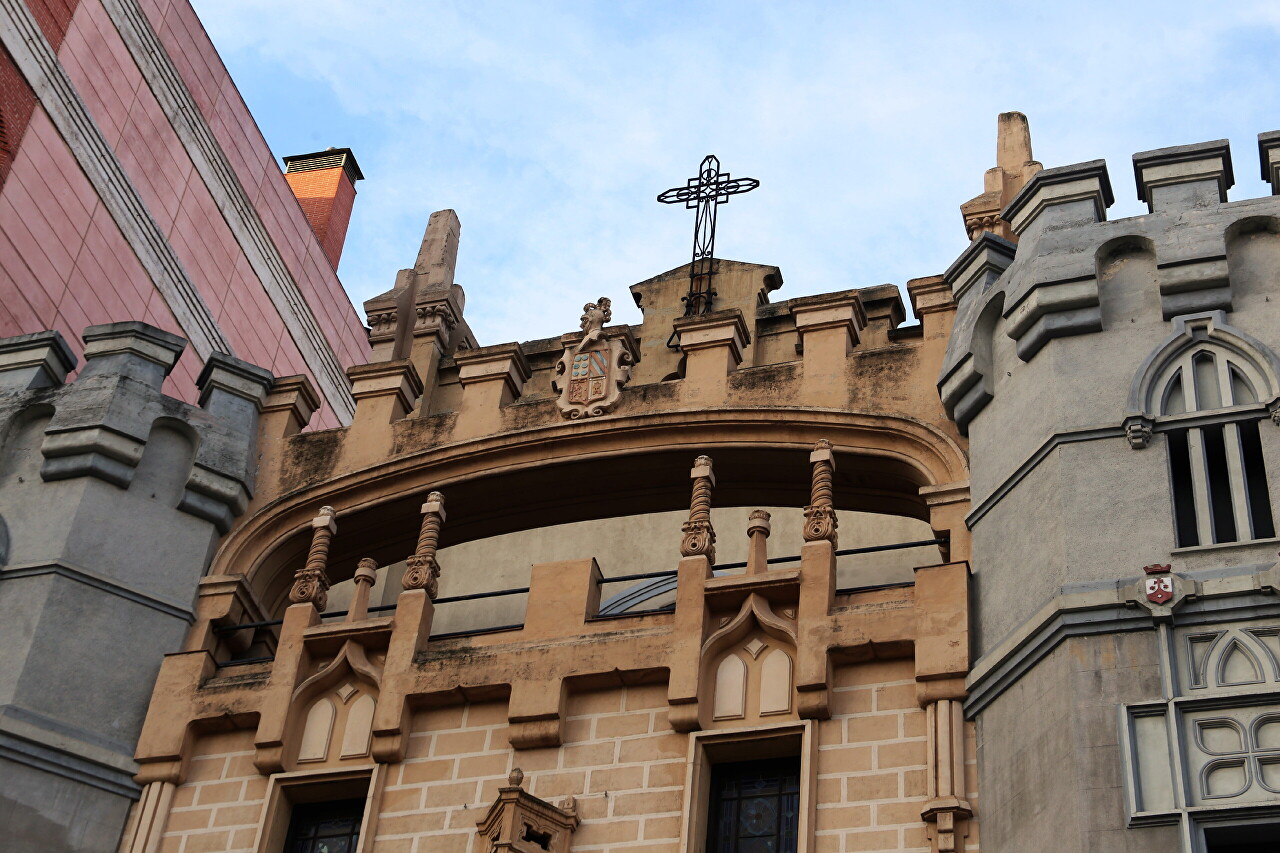
..
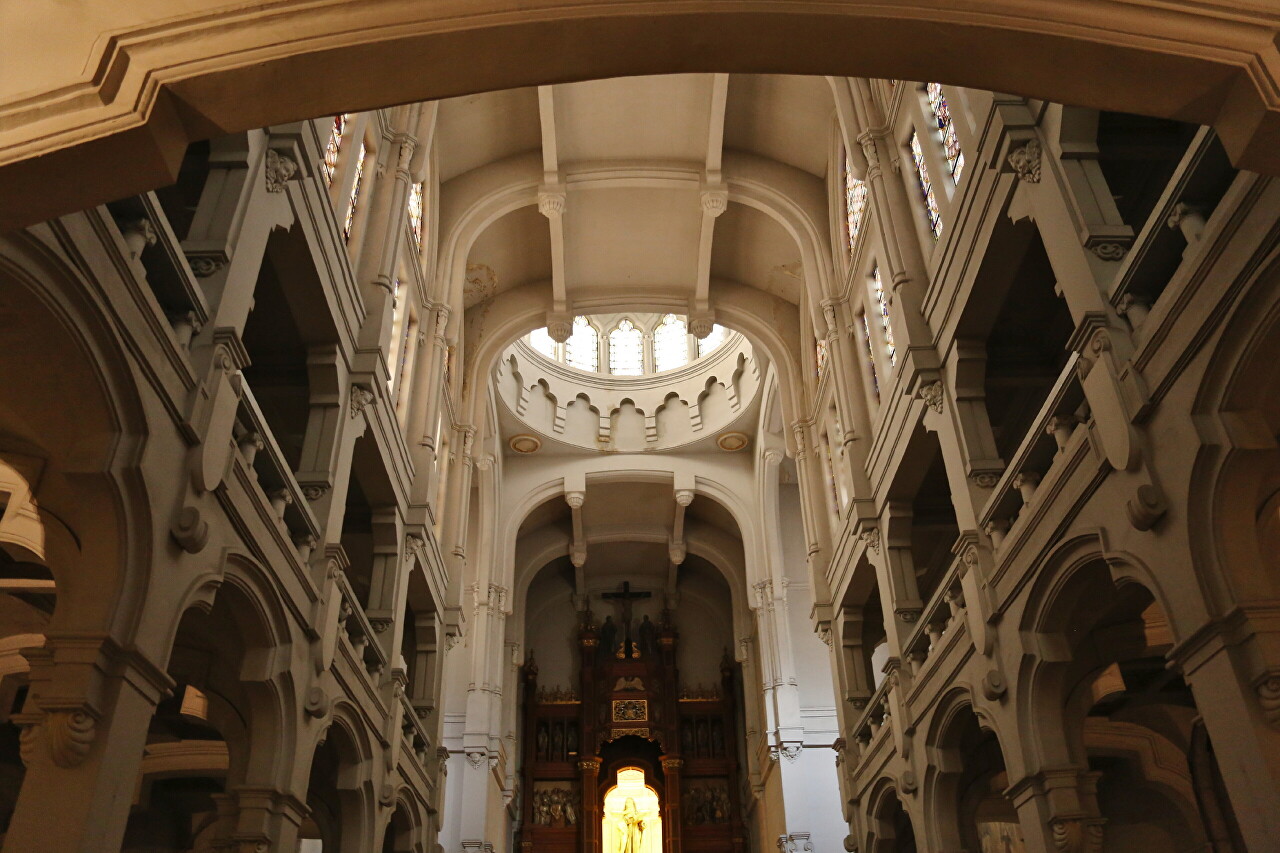
..
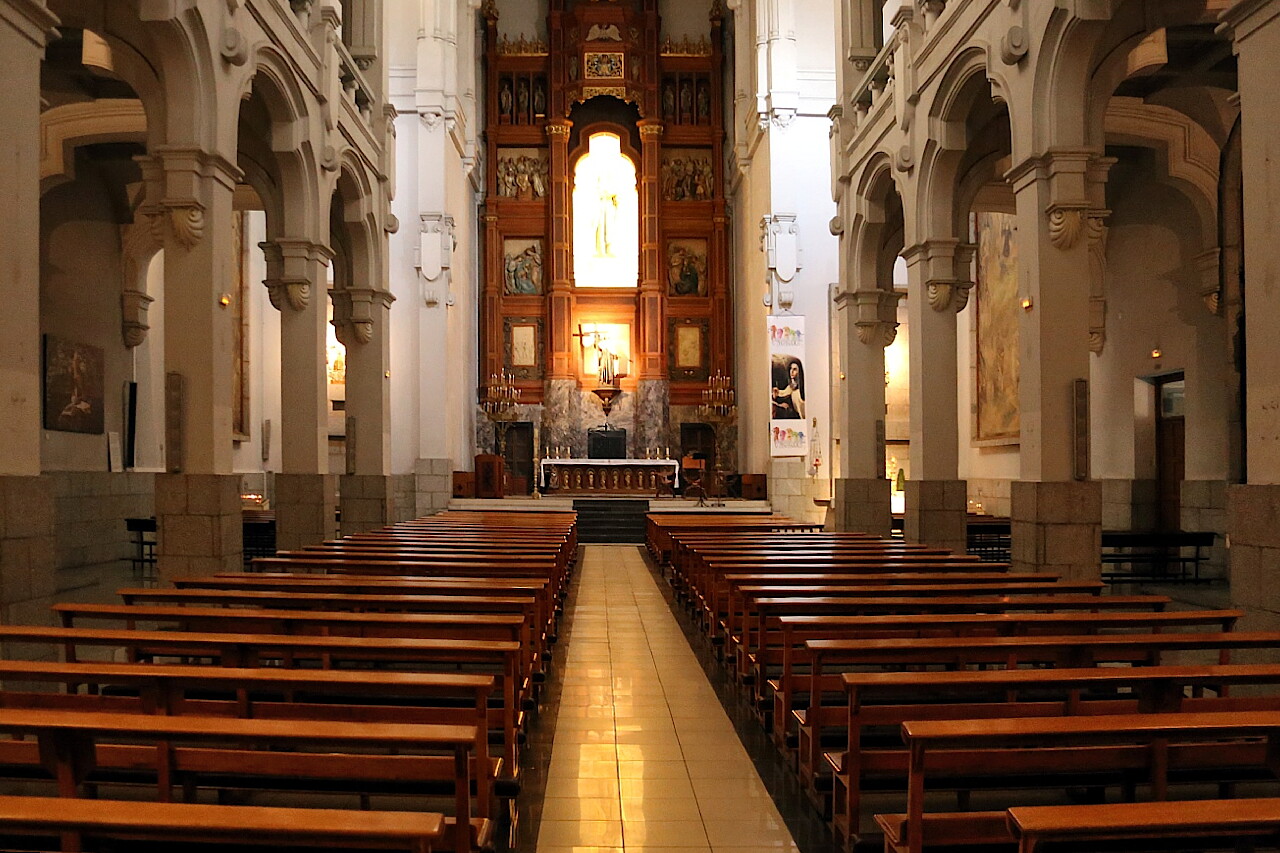
..
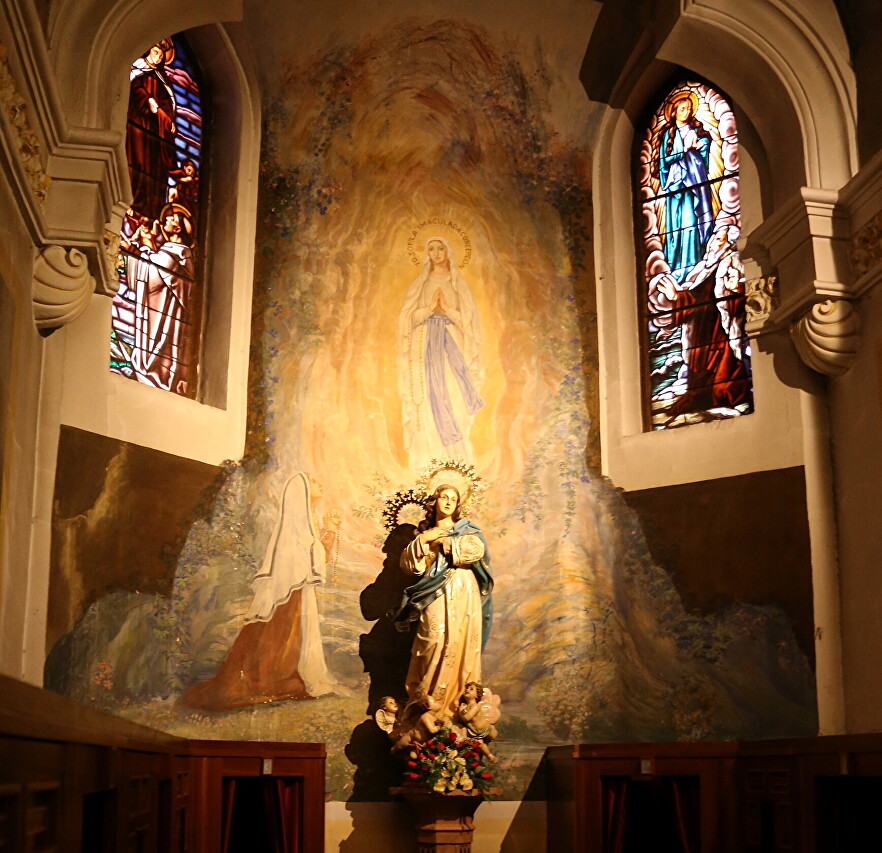
..
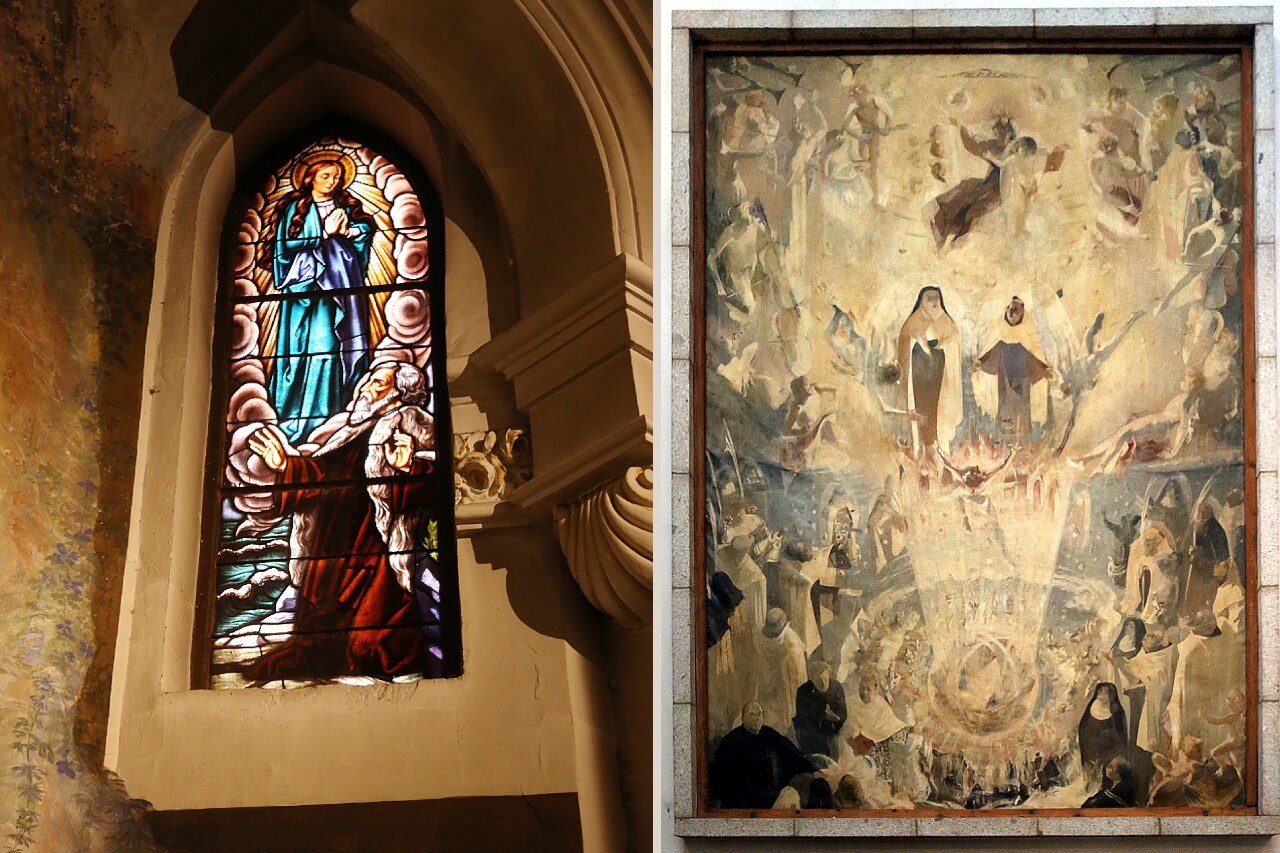
..
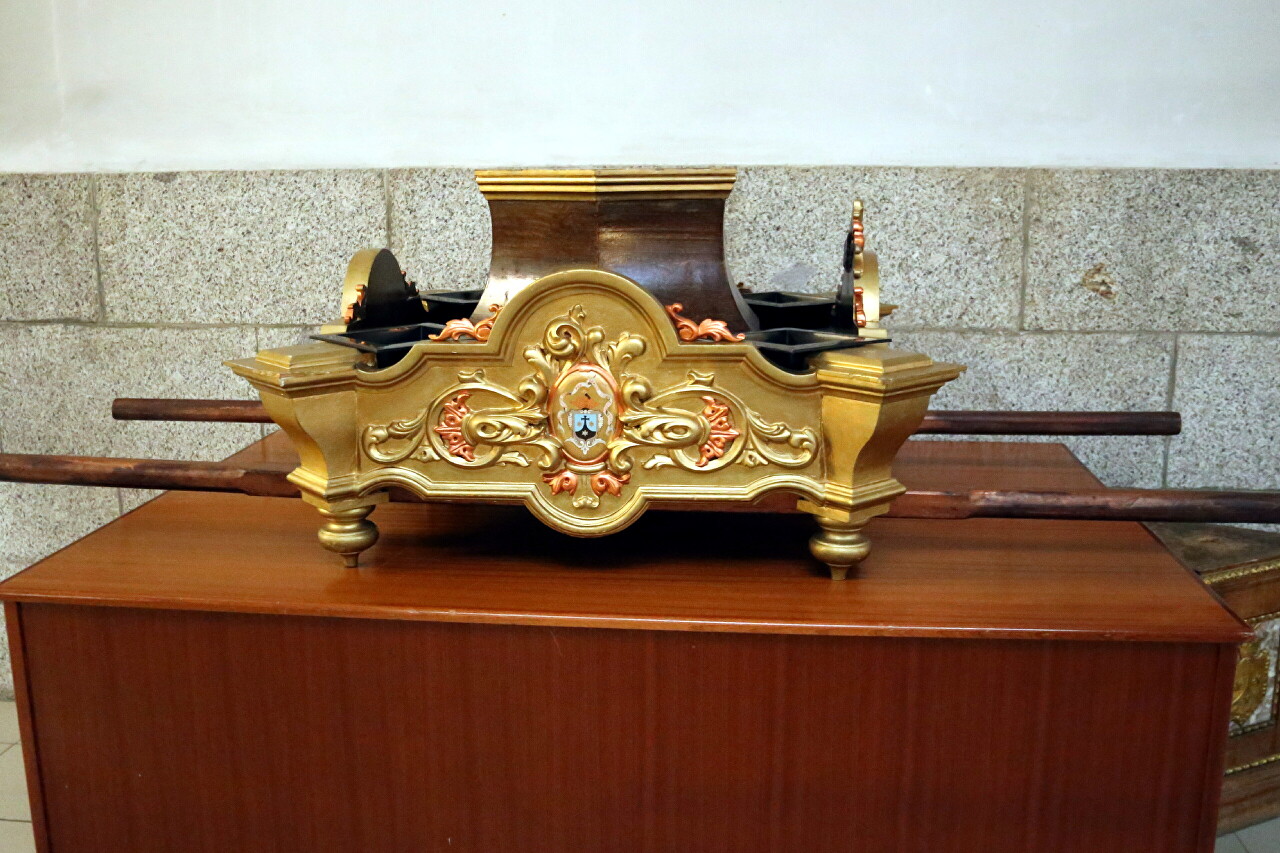
..

..
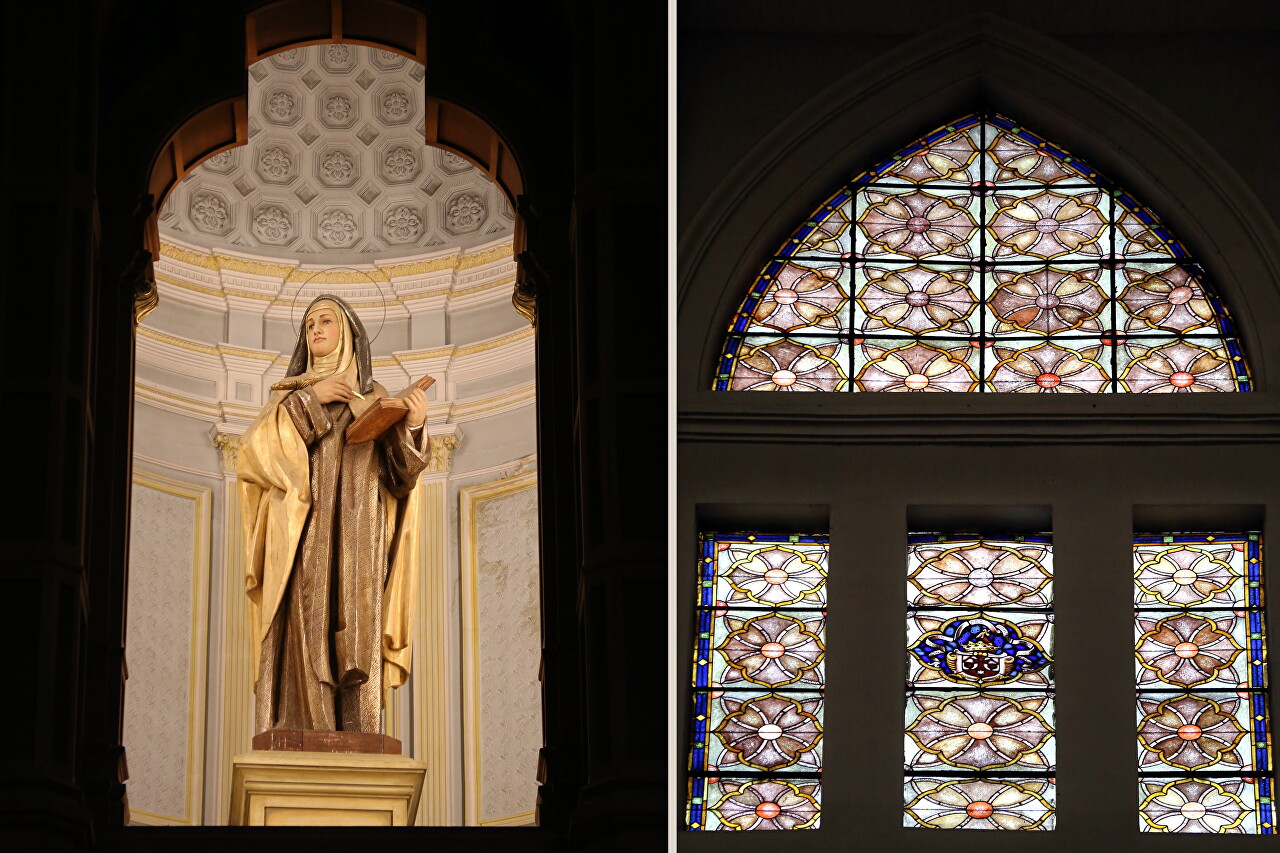
..

..
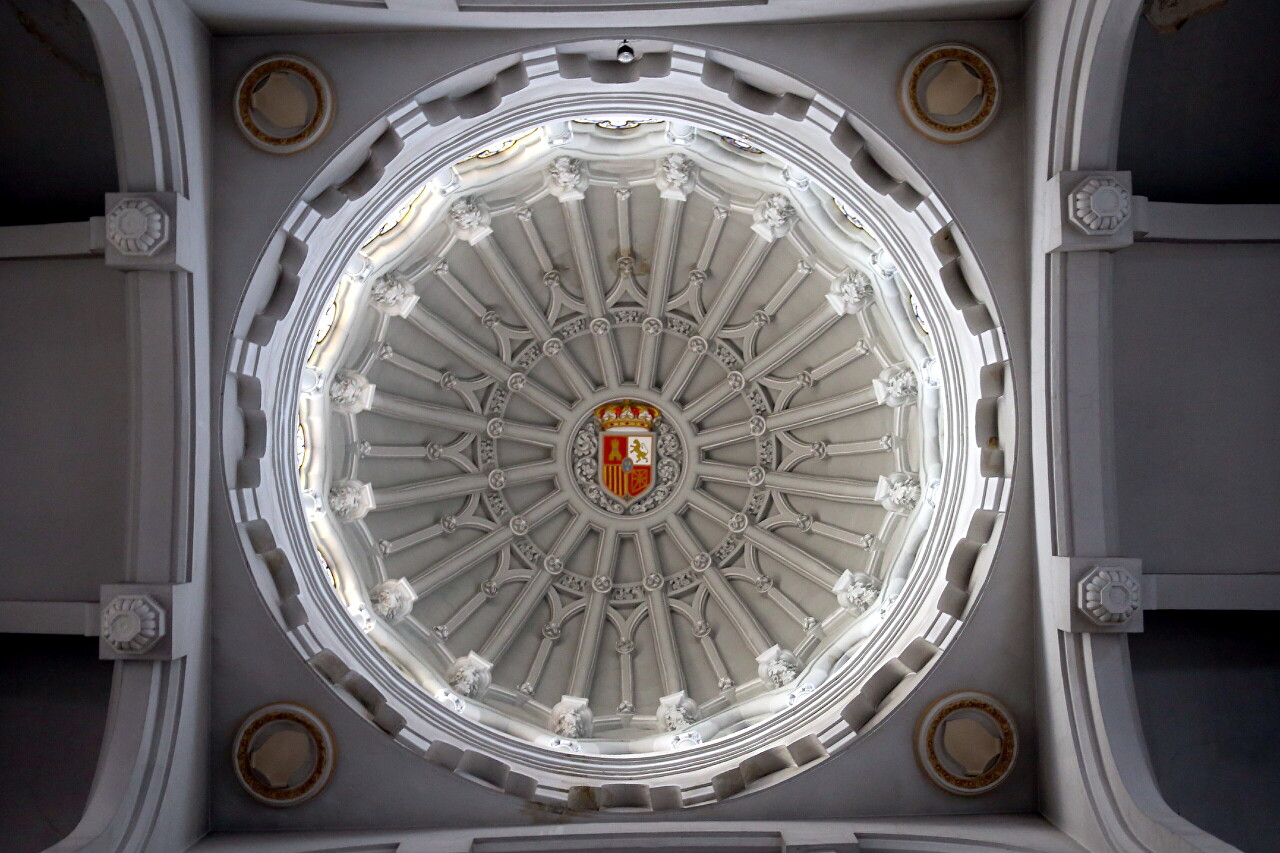
..
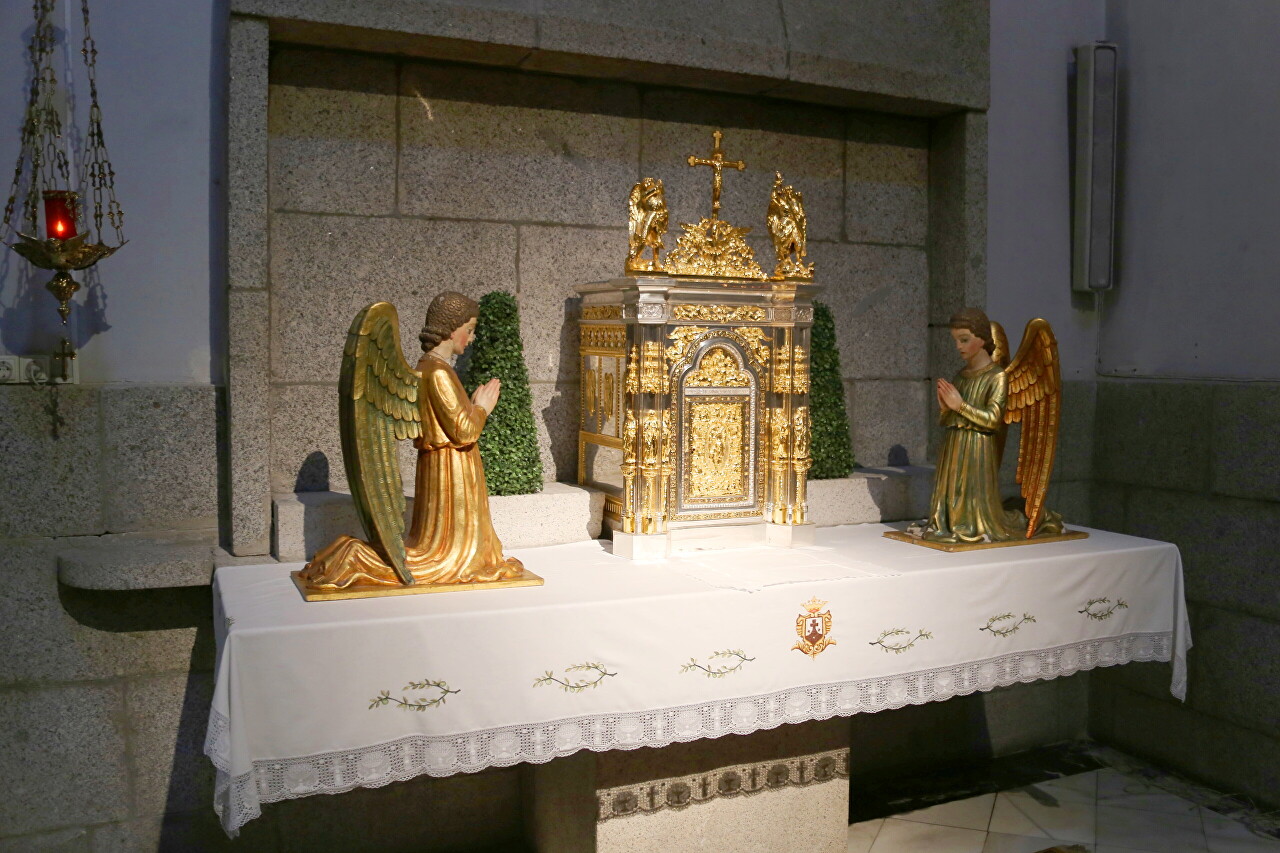
..
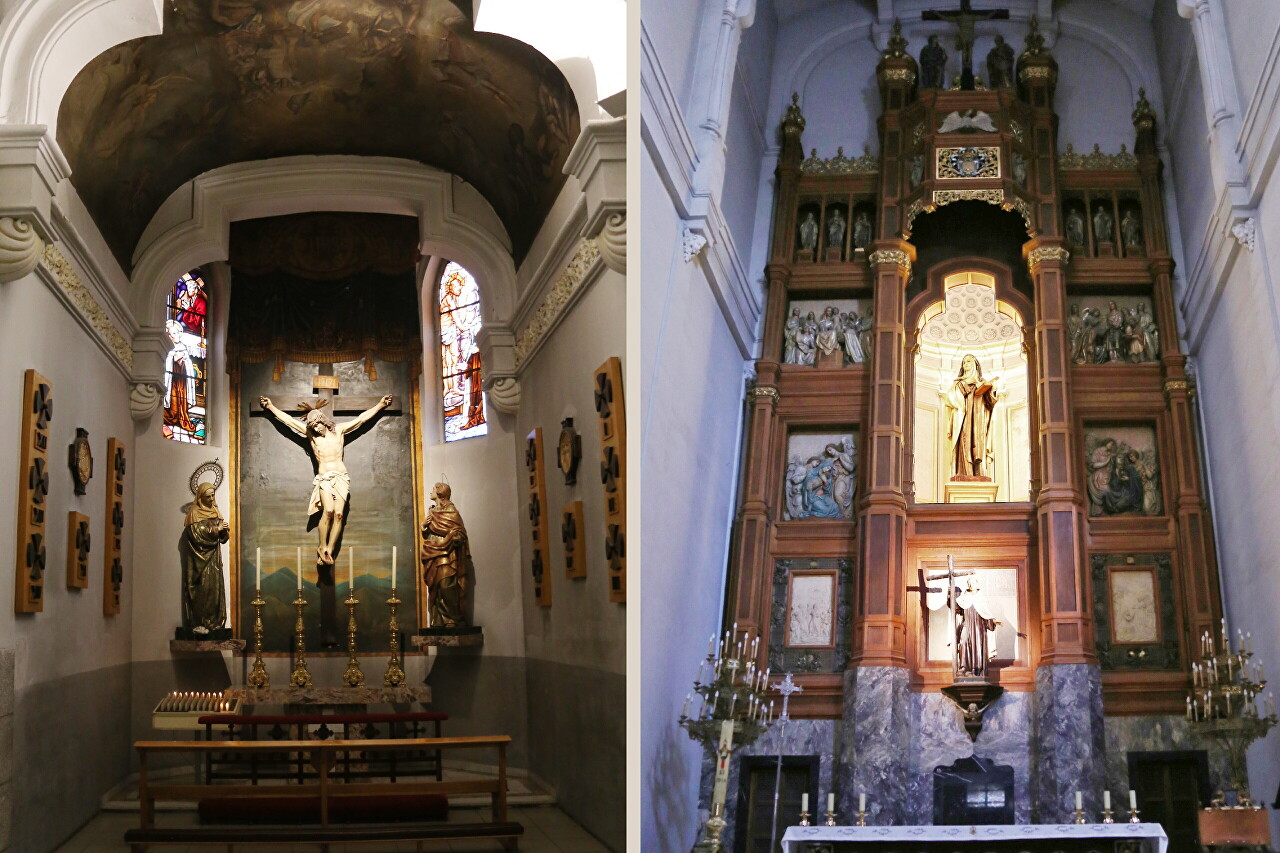
..
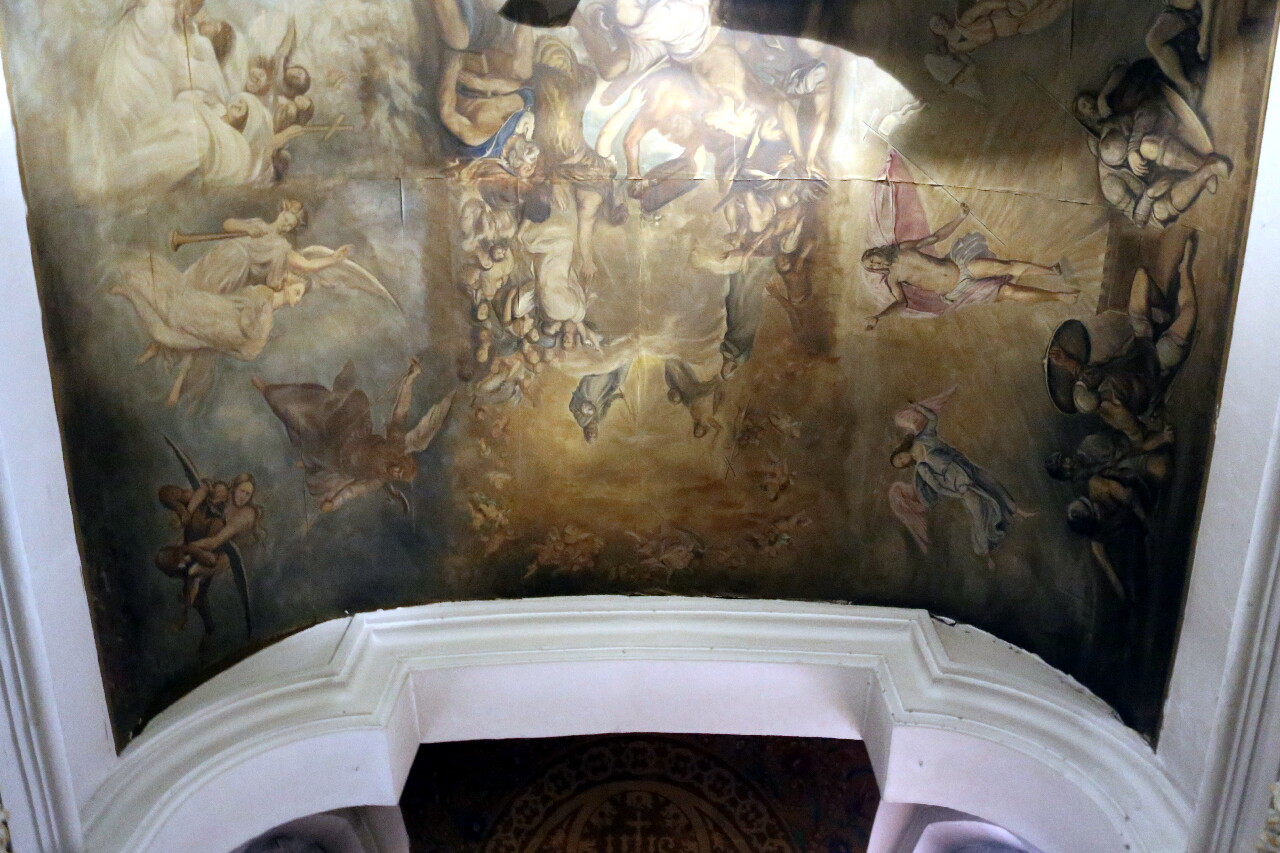
..
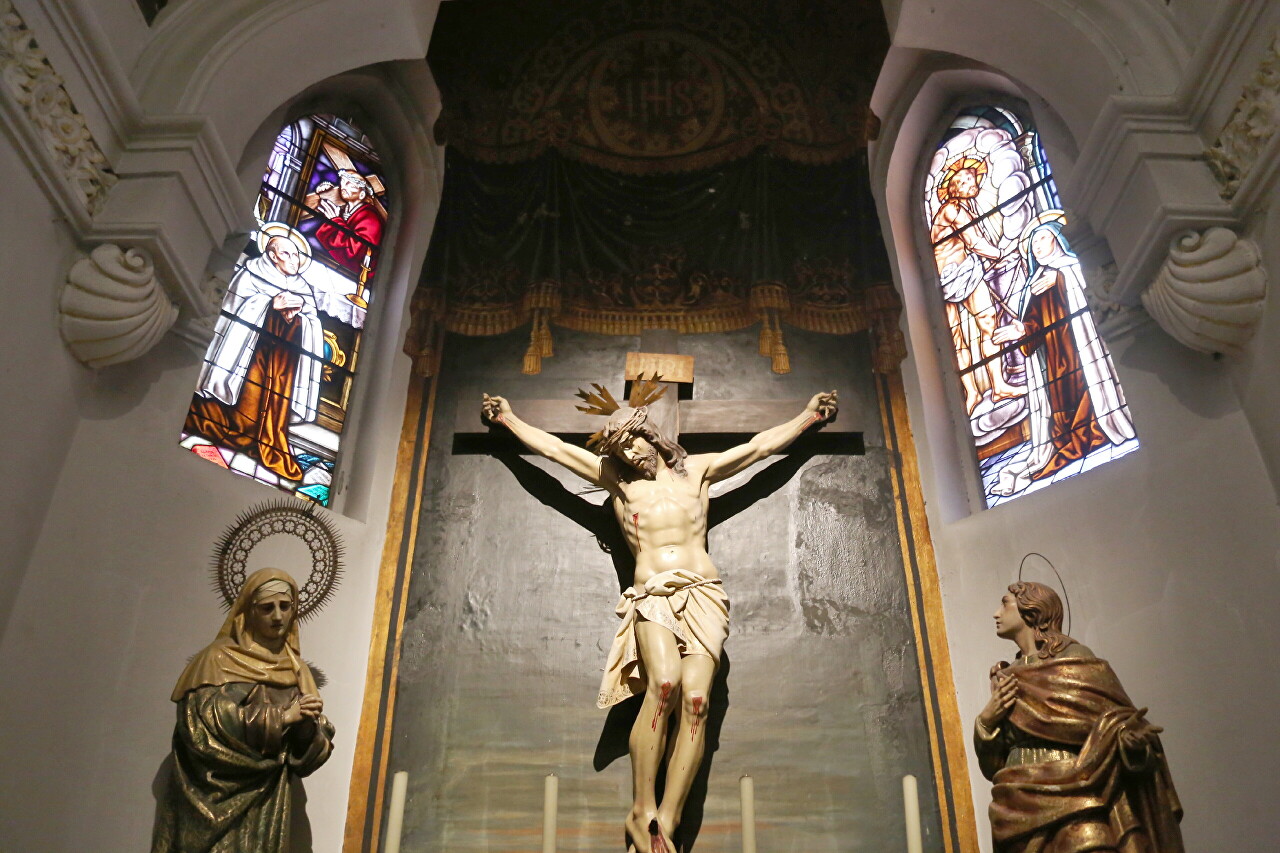
..
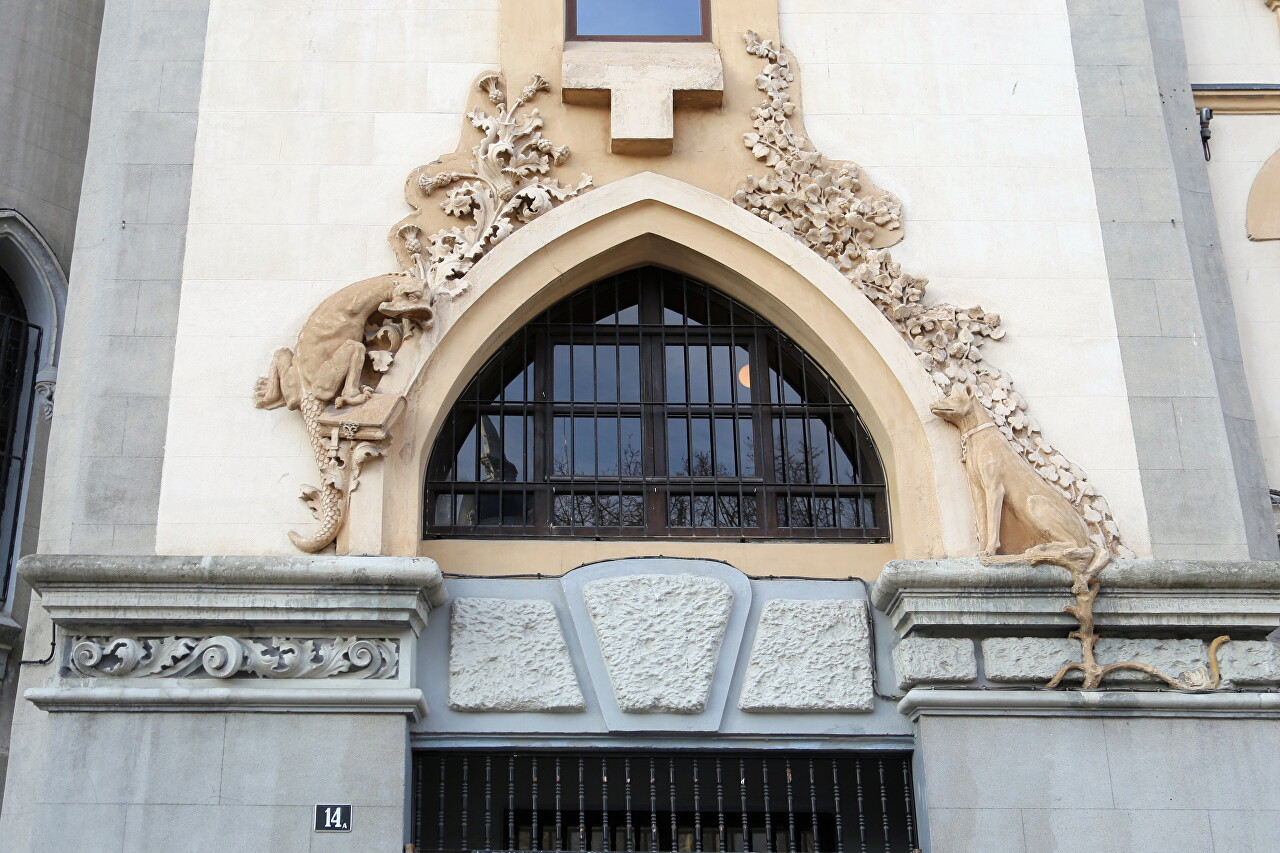
..
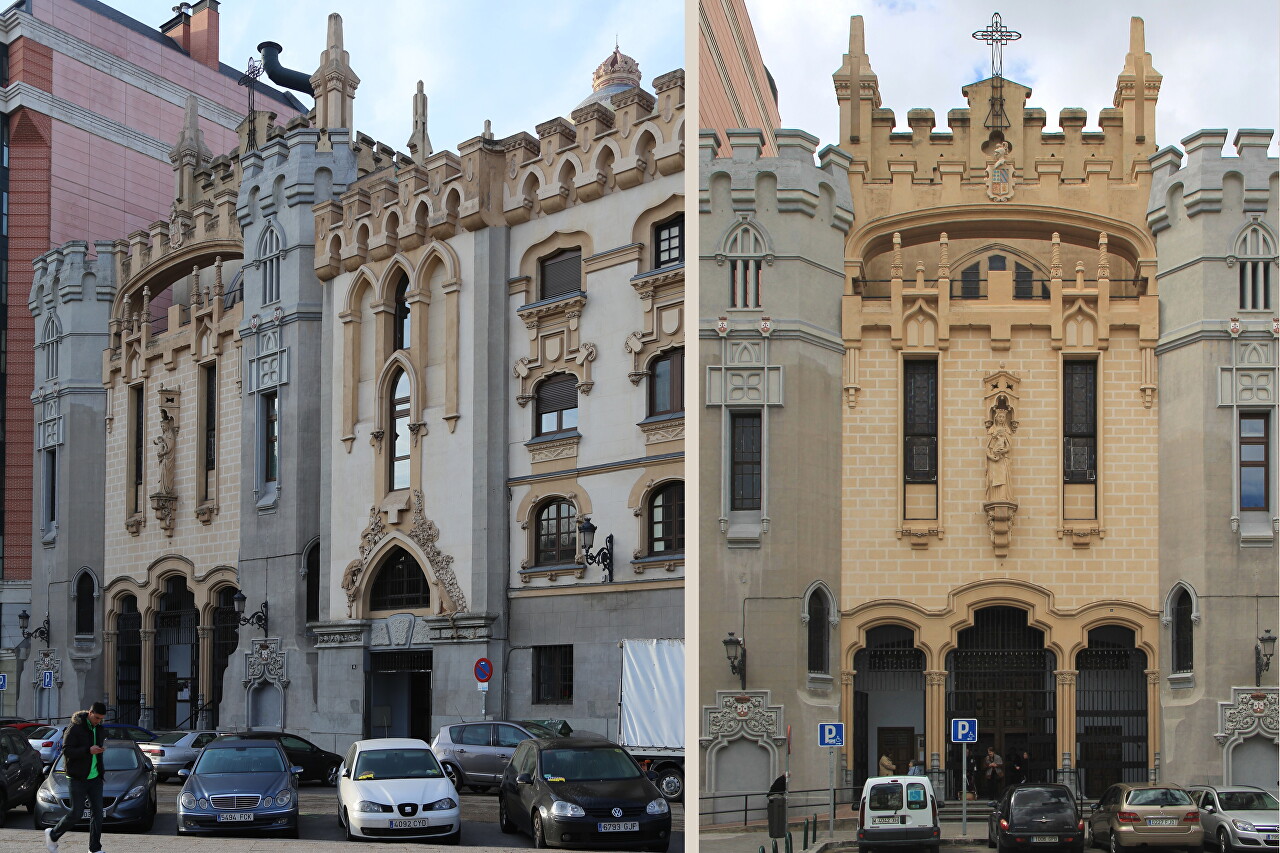
..
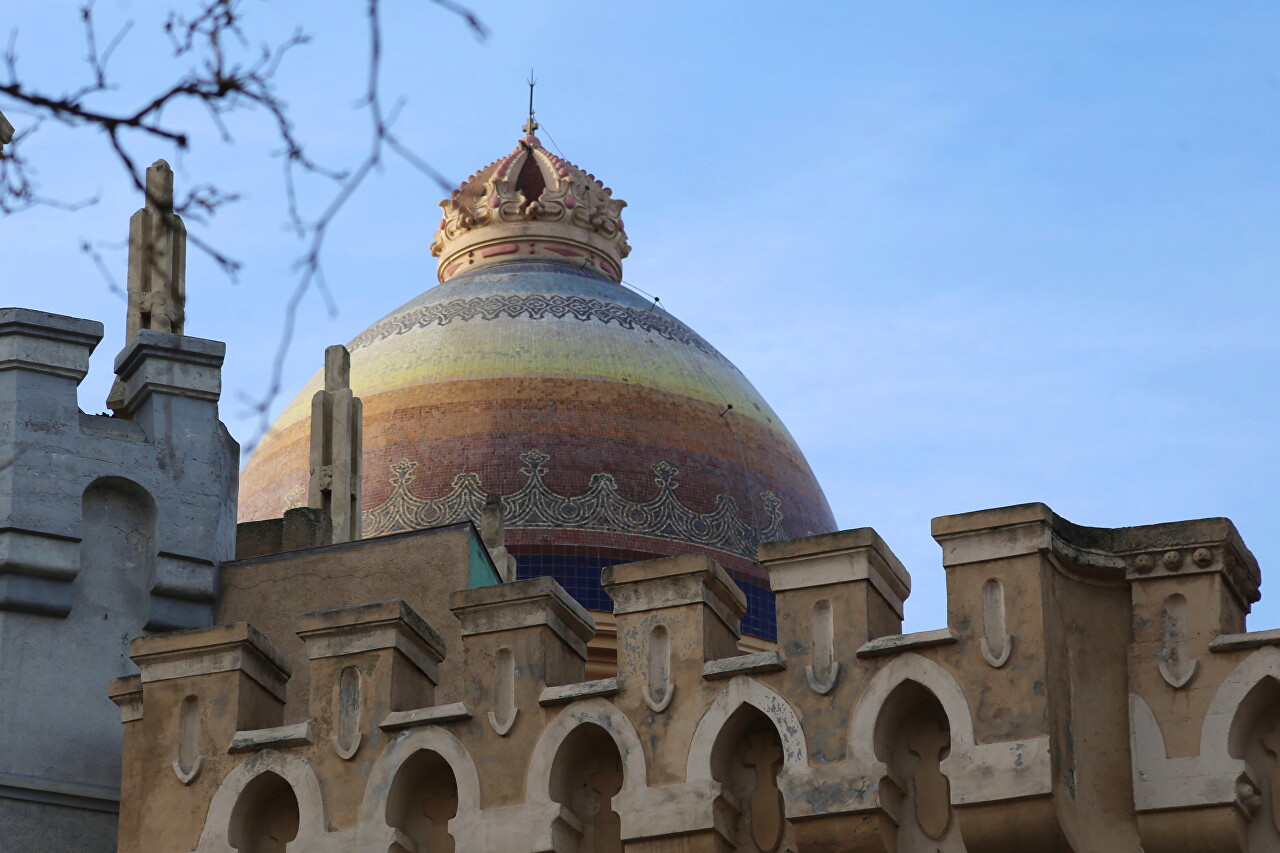
..
